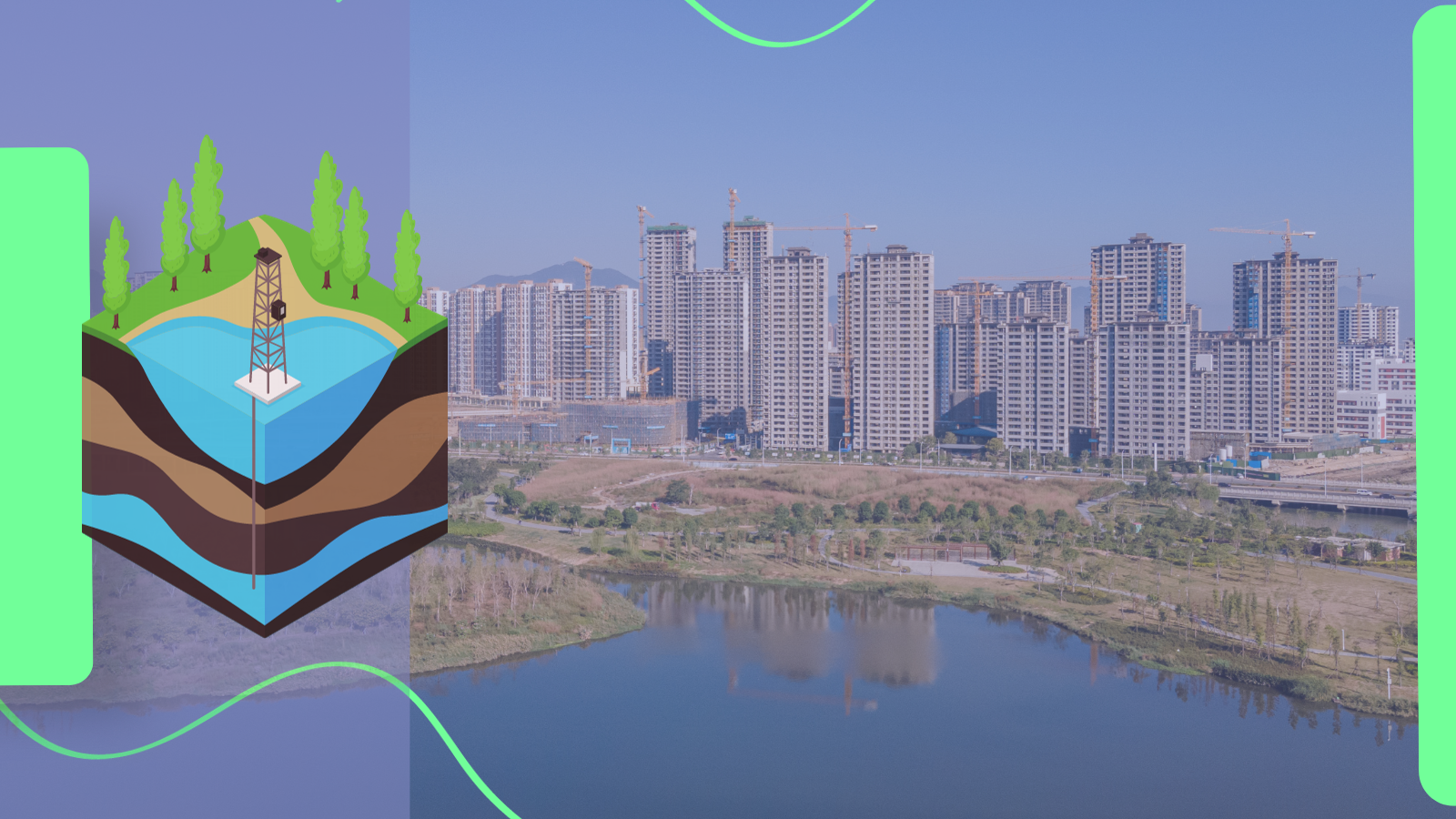Urbanization and excessive extraction of groundwater
The phenomenon of urban subsidence is intrinsically linked to the excessive exploitation of underground aquifers.
The demand for treated water to supply the growing population of cities, industries and agriculture, leads to an unrestrained withdrawal of water from the ground. This process creates an imbalance as the removal of water results in voids in the soil that were previously filled by this essential resource.
Mexico City
Mexico City, situated on an ancient dry lake, faces challenges related to water extraction. Every year there is a sinking of the soil between 8 and 12 centimeters.
Researchers from the National Autonomous University of Mexico (Unam) say that if measures are not taken, the effects on urban infrastructure and water availability will be compromised.
Consequences of excessive water extraction from aquifers
The sinking of cities is not just an aesthetic issue; It has serious implications for the safety and sustainability of urban areas.
In addition to damaging structures, subsidence can increase the risk of flooding and impair the capacity of sewage systems. These consequences highlight the importance of careful management of groundwater resources.
What can be done to reduce the environmental impact?
Maintaining balance and providing enough treated water for all people is a challenge that the sooner it is resolved, the better it will be for future generations and the structure of cities.
Faced with the challenge of soil subsidence resulting from excessive extraction of water from aquifers, a proactive and sustainable approach is essential. Preservation of what is essential, water, requires investment in technologies that can monitor, regulate and optimize the use of water resources.
